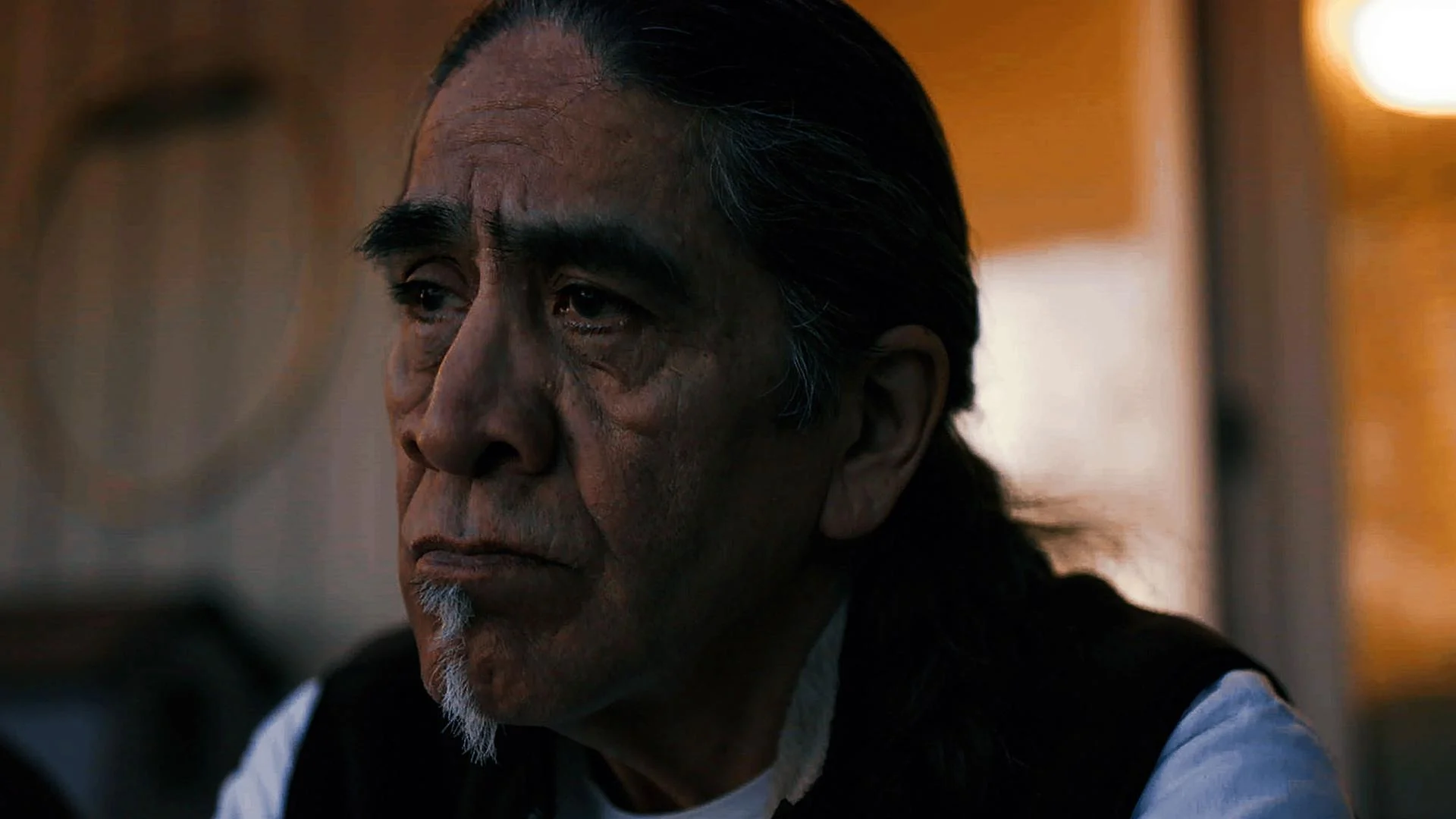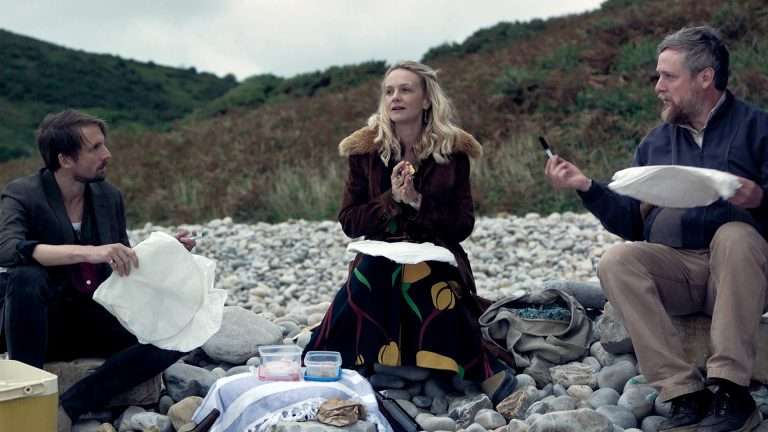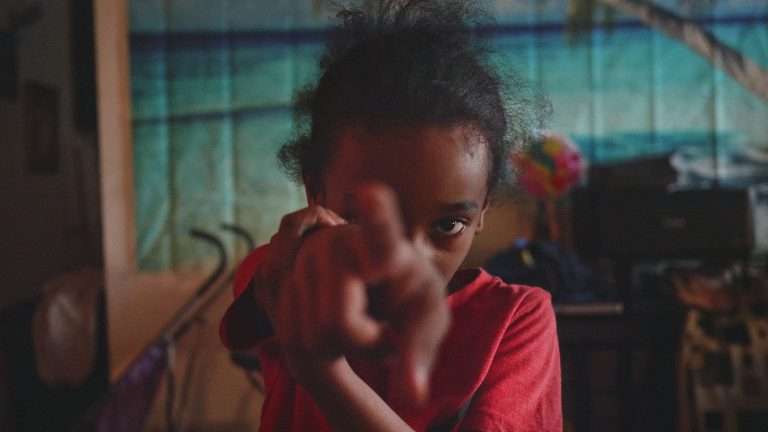“Sugarcane” is a brave achievement in documentary filmmaking, and not just because the events that it is covering are so ghastly. There are countless “true crime” docuseries and programs that seem to dominate streaming services, and for the most part, they are interested in calling attention to the most shocking details in an attempt to provoke investment from audiences that would have otherwise been indifferent. The issue that many of these documentaries face is that they aren’t interested in addressing the systematic factors that led to such traumatic circumstances. Examining how human cruelty became acceptable is not an easy task, but it is one that “Sugarcane” pulls off with extraordinary sincerity.
The most compelling aspect of the framing in “Sugarcane” is that the film was constructed as an exploratory venture. Co-director Julian Brave Noisecat examined the systematic oppression within the Canadian St. Joseph’s Mission Residential School, an academy that housed Indigenous students with the intention of depriving them of their cultural heritage. The abuses within the Catholic Church have been well-documented within other non-fiction programs, but “Sugarcane” is highly personal, as both Noisecat and his father feature as subjects.
The notion of justice is challenging in a case like this; St. Joseph’s shut down in 1981, and a majority of the key abusers within the school have been dead for generations. However, the concept of holding those in power accountable cannot even be discussed until the survivors are allowed to share their stories. As “Sugarcane” shows so delicately, the most disturbing aspect of childhood trauma is that many survivors sought to block out the memory, and repressed the vivid details as a means of protecting themselves. The generational trauma that emerged was a result of so many victims feeling that they were isolated, when in fact, much of their experience was universal.

The severity of the abuse at St. Joseph’s is difficult to quantify. Students were tortured, assaulted, and even killed upon attempts to escape; there were many children born out of sexual abuse, and then subsequently killed in order to mask any evidence. In any tragedy like this, acquiring substantial evidence is a challenge; archive footage does not really exist, and any government-sanctioned academy has the resources to expunge any official complaints from the records. However, “Sugarcane” is able to delicately tie in the personal testimonies of dozens of victims as they collectively recognize that their experiences were not unique. The code of silence that dominated their adolescence held steady into their adulthood because they were told that no one would listen. Among the many horrific practices in St. Joseph’s, the insistence that Indigenous identity was an inherent flaw was among the most damaging.
“Sugarcane” stands out among other true crime documentaries because it puts its victims at the center of the narrative. The interviews that Noisecat and his co-director, Emily Kassie, conducted with elder members of the Williams Lake First Nation in British Columbia are revelatory, as each subject is given the space to articulate thoughts that they had repressed since their youth. It’s hard to refer to any aspect of a film as relentlessly upsetting as “Sugarcane” to be “inspiring,” but the footage collected of survivors finding a community with one another does point to collective support as a potential means of moving forward.
The value of these testimonies is that they put a human face on statistics, and explain in detail the experience of living within a system of perversion; it’s one thing to hear about the countless unmarked graves that surrounded St. Joseph’s, but it is even more traumatizing to listen to elder members of the First Nation discuss what it was like to slowly watch their classmates disappear. “Sugarcane” is able to go one step further by actively involving the subjects within the investigation, as the survivors are essential in identifying the location of unmarked graves and questioning former priests. The film’s most powerful sequence involves a quiet conversation between Noisecat and his father, who slowly begins to recognize himself as the victim of one of St. Joseph’s most heartless policies.

Giving those wounded by systematic violence the room to speak is always going to be valuable, but the question that documentaries like “Sugarcane” face is what change they seek to enact. While St. Joseph’s itself is closed, academies like it are still in operation, and Indigenous people still suffer from disproportionate violence. “Sugarcane” even ends with text that reads “Indigenous peoples are still dying from residential schools, and still living, despite them.” Some of the language may have changed, but the culture that allowed St. Joseph’s to be such an “open secret” had not evolved in any radical way since the time in which Noisecat’s father was a student. The film goes on to recognize the empty platitudes from public officials, including Canadian Prime Minister Justin Trudeau and Pope Francis. Any offering of sympathy means nothing if it is not backed up by a promise to make a difference.
It is much harder to discard discrimination or prejudice as “a thing of the past” when the survivors are still among the living, and the institutions that they were raised in aren’t dissimilar from those that are currently functioning. The focus of “Sugarcane” is successful because it does not attempt to examine the full extent of Indigenous isolation. St. Joseph’s is one of many schools that enacted similar policies, and the violence committed against these communities was certainly not limited to the public education spaces. Nonetheless, focusing on every attainable detail about St. Joseph’s encapsulates the diversity of what abuse and survival looked like. It’s an admission and not a solution because the work is never over.
“Sugarcane” is a deeply unsettling film, as anyone with even a shred of empathy will find it difficult to confront the horrifying atrocities it portrays—events that remain painfully recent in the collective history. At the same time, it is also a powerful testament to the resilience of these communities, and how they have managed to ensure the survival of their culture when it has been endlessly threatened. “Sugarcane” isn’t just one of the best documentaries of 2024, but a necessary historical record that will hopefully have the capacity to both change hearts and inspire legitimate change.





![Goddess of the Fireflies [2020] Review – A story of freedom](https://79468c92.delivery.rocketcdn.me/wp-content/uploads/2020/04/Goddess-of-the-Fireflies-highonfilms-768x398.jpg)
![Kesari [2020] Review: An Exquisitely-Shot Yet Middling Sports-Drama](https://79468c92.delivery.rocketcdn.me/wp-content/uploads/2020/03/169467.jpg)

